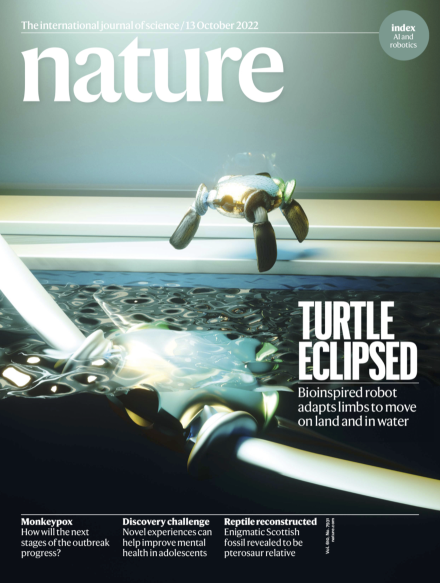Volume 610 Issue 7931, 13 October 2022
This Week
-
Editorial
-
-
World View
-
Research Highlights
News in Focus
-
News Round-Up
-
News
-
Features
-
What does the future look like for monkeypox?
Collection:
Opinion
-
Comment
-
Correspondence
Work
-
News
-
Where I Work
Research
-
News & Views
-
Articles

